How much will Windows 11 cost: availability & price
7 min. read
Updated on
Read our disclosure page to find out how can you help Windows Report sustain the editorial team. Read more
Key notes
- Windows 11 will cost differently for those who use Windows already and those who don't.
- Upgrading will also be possible for anyone who has either Windows 7, 8, or 10 installed.
- The upgrading process is quite simple, and it will be available for up to 1 year after release.

Windows 11 is finally here! Microsoft released the first Windows 11 builds for those enrolled in the Insiders Program and plans to release it to the general public on October 5.
The operating system is going to overhaul the user interface, bring new features, and get rid of things Microsoft deemed obsolete.
Given these things, it comes as no surprise the fact that it is already so popular.
Should I upgrade to Windows 11?
Windows 10 has its perks and has grown to be a great OS. We’re sure many of you aren’t quite convinced about moving on from it yet.
One thing is for sure: if you plan to play games on Windows 11, you have to upgrade to it, thanks to the new game-oriented features that will boost performance and shorten load times.
Leaving gamers aside, upgrading would still be the logical thing to do. Windows 10 will keep being supported for a while after its successor is released, but not forever.
Microsoft will shift all of its efforts and resources into building upon its newest operating system and keeping it updated.
Therefore, sooner or later, after Windows 10 will officially stop being supported, there will be no other choice left if you want to keep your data safe.
How much will Windows 11 cost?
1. For Windows 10 users
If you remember, back when Windows 10 was released, users who owned the previous one, Windows 8, were offered a free upgrade to it.
Since the news was received with such warmth and everyone was pleased that they didn’t have to buy the Windows again, Microsoft decided to keep the trend.
Therefore, people who currently own Windows 10 will receive a free upgrade offer to Windows 11 when the company officially releases the final build.
Keep in mind that the free upgrade won’t be offered to everyone right away, and will instead be rolled out to all of those who are eligible during a period of time.
The upgrade will also be optional, allowing users to choose between keeping Windows 10 or upgrading it. More so, those who chose to do it can roll back to the previous OS if they wish.
For now, you can test out the new operating system if you’re a part of the Windows Insiders Program. Microsoft releases weekly builds to the public for testing and feedback.
Eligibility
Although Windows 11 comes as a free upgrade for those who already own Windows 10, you have to take into account the fact that the system requirements have changed.
Perhaps your device runs Windows 10 perfectly as it is, but that’s not guaranteed for its successor. To give you a better idea of what was changed, here’s a list of the official system requirements:
- A dual-core processor of at least 1GHz and 64-bit
- At least 4GB of RAM
- Over 64GB of storage
- 9-inch display or more
- A resolution of at least 1366×768 pixels
- UEFI, Secure Boot & TPM 2.0 compatible
As you can see, Windows 11 requires a 64-bit processor. This implies that the operating system doesn’t have a 32-bit version.
This should not be a concern since the demand for 32-bit processors has changed over the years. Today, most laptops and pre-built PC’s come with 64-bit processors.
Another major aspect is the storage space required for Windows 11, which increased tremendously to 64GB, up from the previous 16GB.
This will most likely affect laptops with low storage options, pushing manufacturers to build ones with more than 128GB or 256GB of storage.
Earlier, Microsoft was telling everybody to check their PC compatibility with Windows 11 through the PC Health Check app.
Unfortunately, the software was problematic, so the company ended up postponing its release until they fix the issue.
If you’re still unsure that you can run the new operating system, know that you can use a specialized tool to check it automatically for you. Here’s a detailed article about Checkit.
What’s new in this OS?
As we mentioned before, the new operating system features lots of changes, including a brand new user interface design, build from scratch.
The UI has been simplified and made to look better, using smooth corners and creating a clean, fluid space for working and spending your free time.
Additionally, Windows 11 features an overhauled Microsoft Store, Microsoft Edge, and Xbox App. Obviously, there is more to it than just a few things we mentioned.
We’ve made an extensive article covering the most exciting features that you should be looking for when upgrading to Windows 11.
2. For Windows 7 users
Windows 7 remains the most beloved operating system created by Microsoft, especially while comparing it to its successor’s failed shipping filled with bugs, bloatware, and more.
Lots of users stayed faithful to the older OS, deciding not to upgrade until Microsoft releases the next operating system.
The exact users vary from user to user, but no matter the case, almost 65% of them did not upgrade to Windows 10 and decided to wait instead.
Even more so, 51% of those who are willing to upgrade to Windows 11 will also upgrade their PC, not a laptop or other portable device.
Windows 7 is mostly used by enterprises. If Windows 11 is as successful as it looks, it’s the perfect chance for businesses to finally upgrade.
You can find all of this information and more in our survey, in which we asked a huge amount of users about their opinion on the new operating system.
Previously, Windows 7 or 8 users were offered free upgrades to Windows 10 when it was released, which made people question whether or not they will also receive an upgrade to Windows 11.
Fortunately, they will! And it’s free as well, but with a twist. Users will have to do a clean install or reinstall their OS before being eligible for an upgrade.
Don’t worry about losing your important files, media, and documents. You can always save everything on external storage and copy them later.
 NOTE
NOTE
3. What about those who switch to Windows?
We found out that Microsoft will offer free upgrades to those who already have Windows installed on their device.
What will happen to those who are planning to switch from another operating system such as ChromeOS, macOS, or Linux?
Are you a ChromeOS user wondering if it’s worth switching? We wrote an article about the two operating systems, carefully comparing their features, performance, and other aspects.
You can buy Windows 10 and upgrading it is as you would normally do if you already had it installed into your device.
As for the exact price of the new operating system, we still don’t know yet. You should expect similar prices to its predecessor, but slightly higher.
We’ll surely find out at a later date, so stay tuned for updates and new information. We’ll keep an eye for any news.
Windows 11 will have 1 major update per year
Microsoft learned from its previous mistakes during the Windows 10 years. The company tried to give the previous OS two major annual updates.
This backfired because they ended up not having enough time to fully polish the features and changes, ending up with major glitches and problems.
For Windows 11, the company is planning to come back to the normal schedule of 1 content update per year. This will give them enough time to make sure they release fully operational builds to the public.
The price will vary
When we talk about prices, we should always keep in mind that salaries and overall product price points differ from a state to another.
Therefore, even if we had a price point, and Windows 11 was officially released by now, every country would increase the retail price of the product according to their taxes, etc.
We’ll keep an eye on this and return with fresh details in the near future.
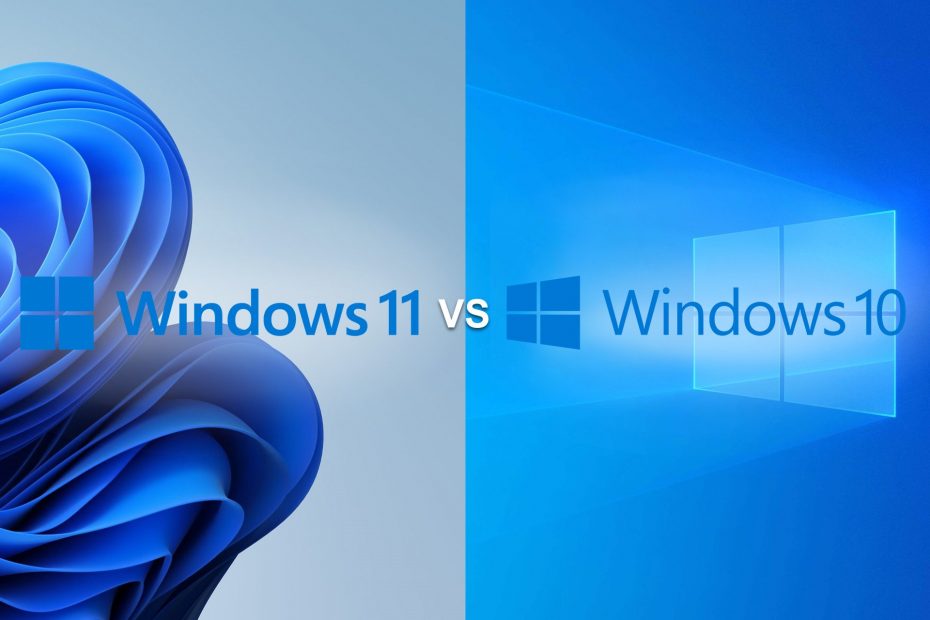
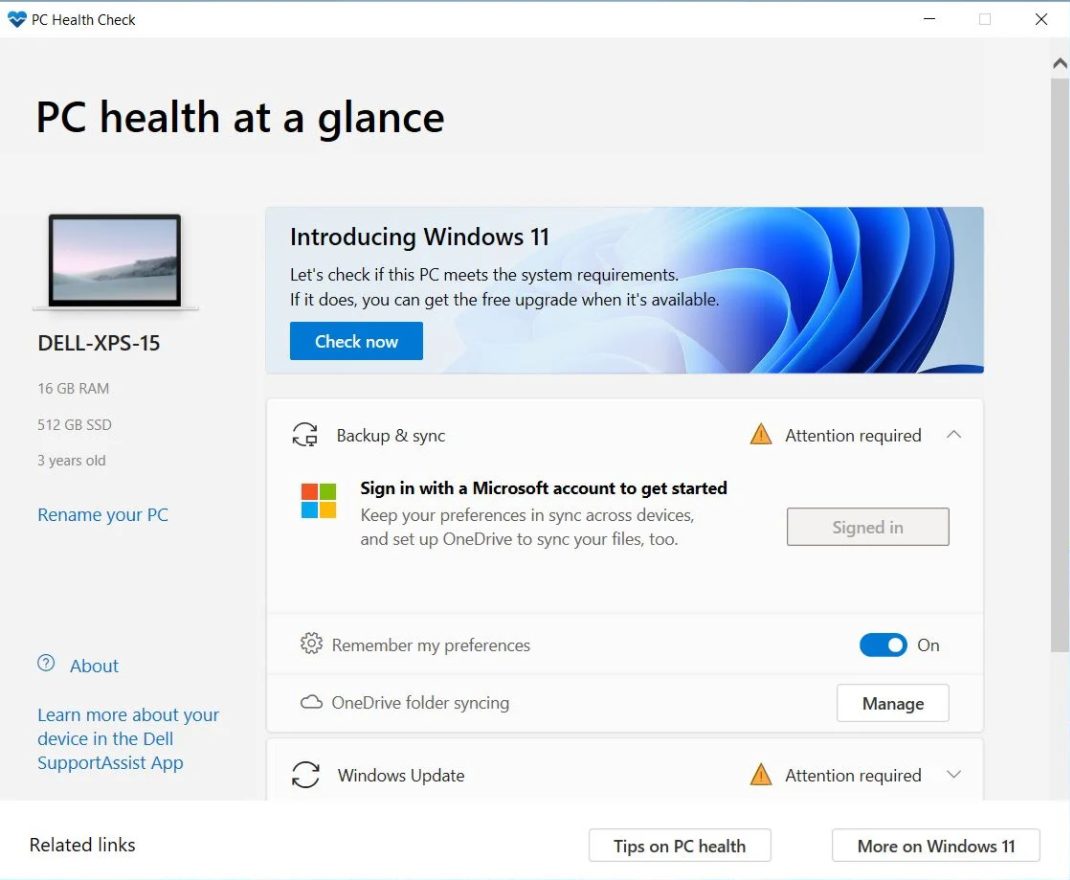
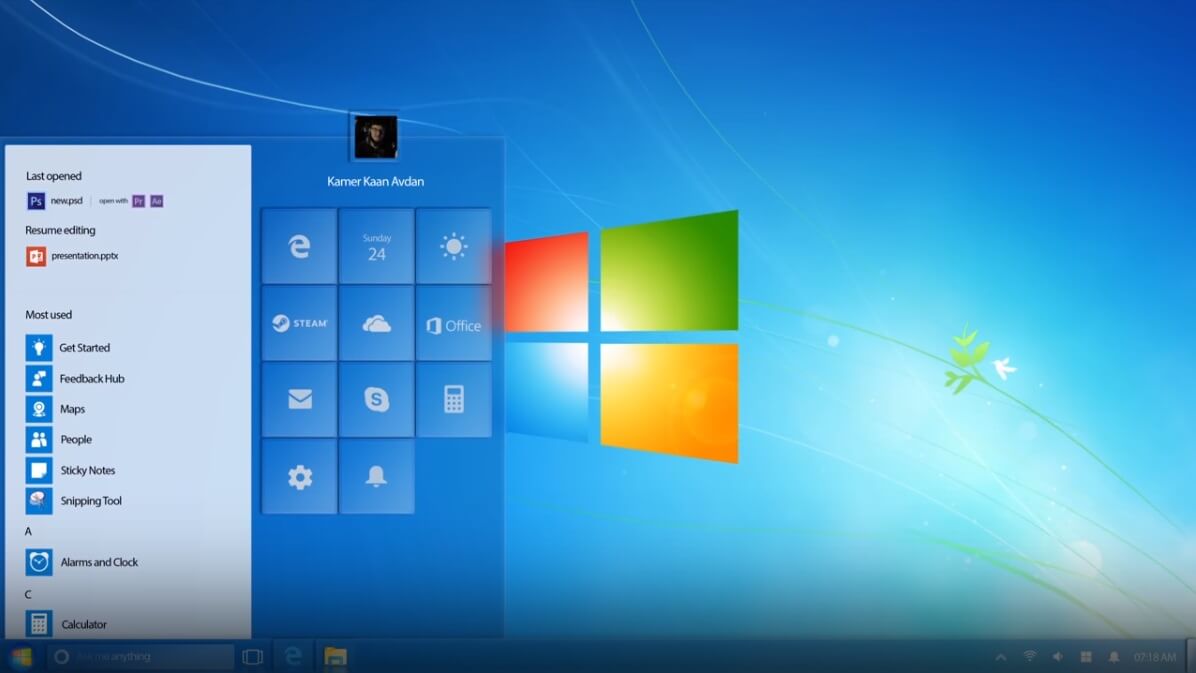
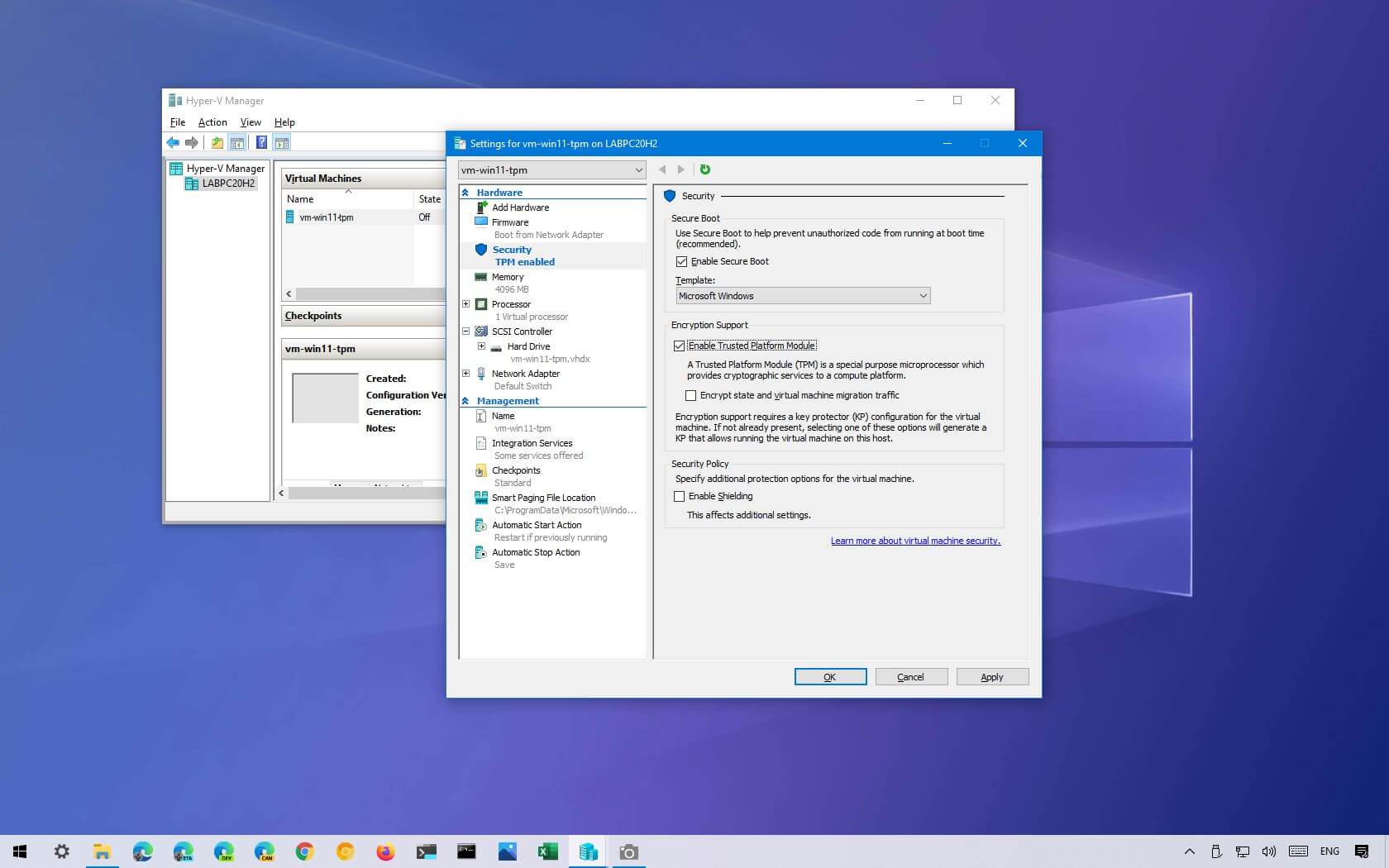


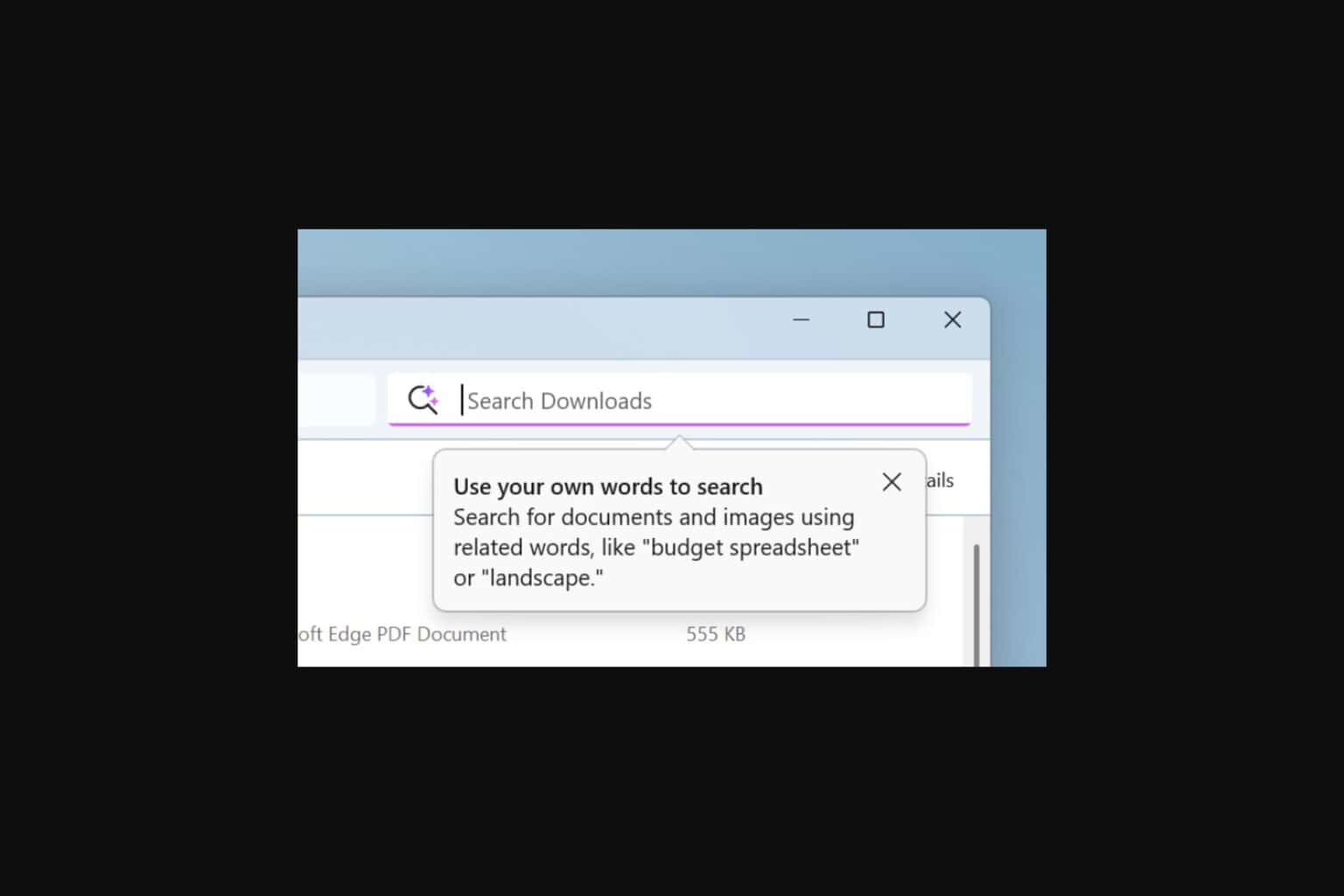
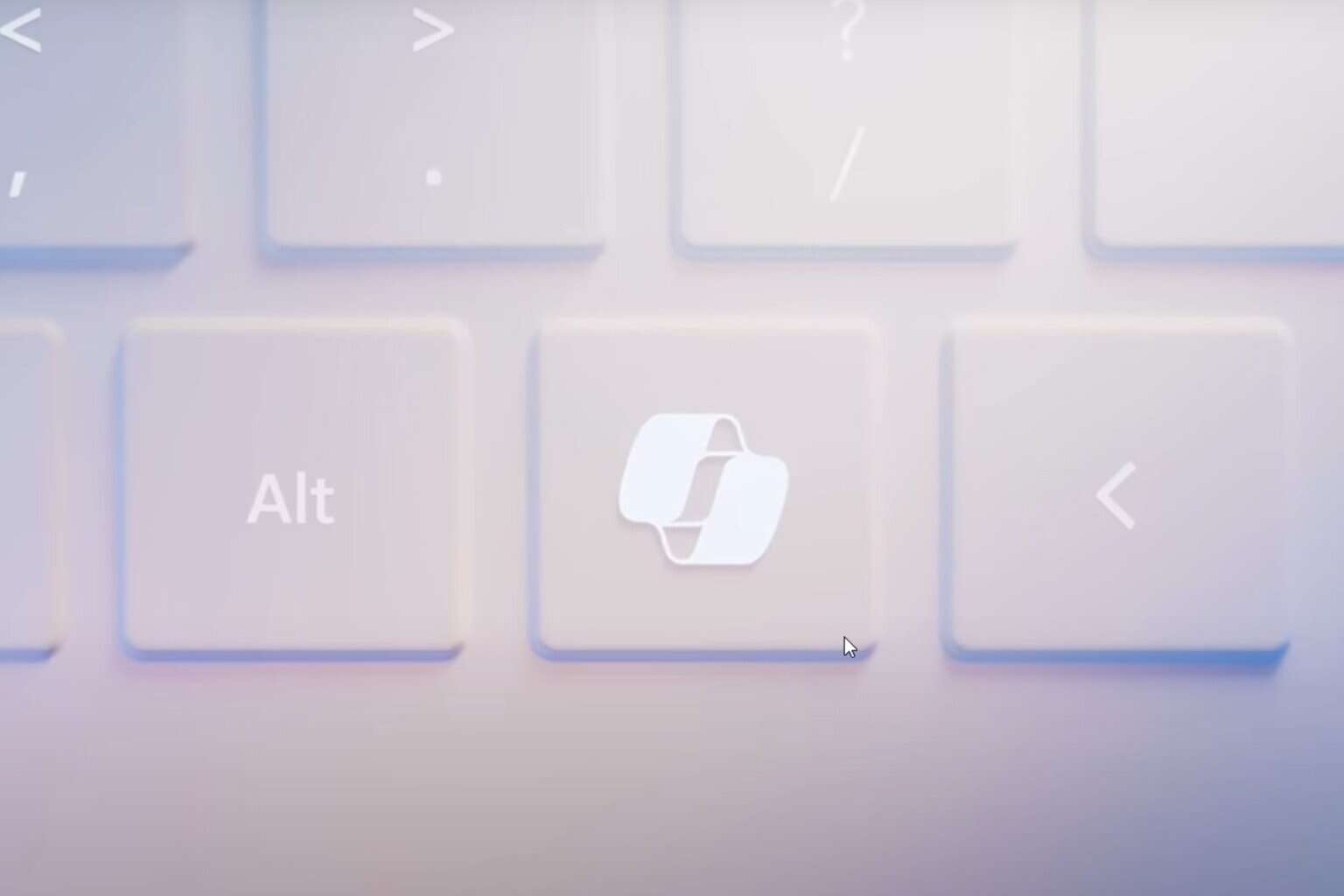
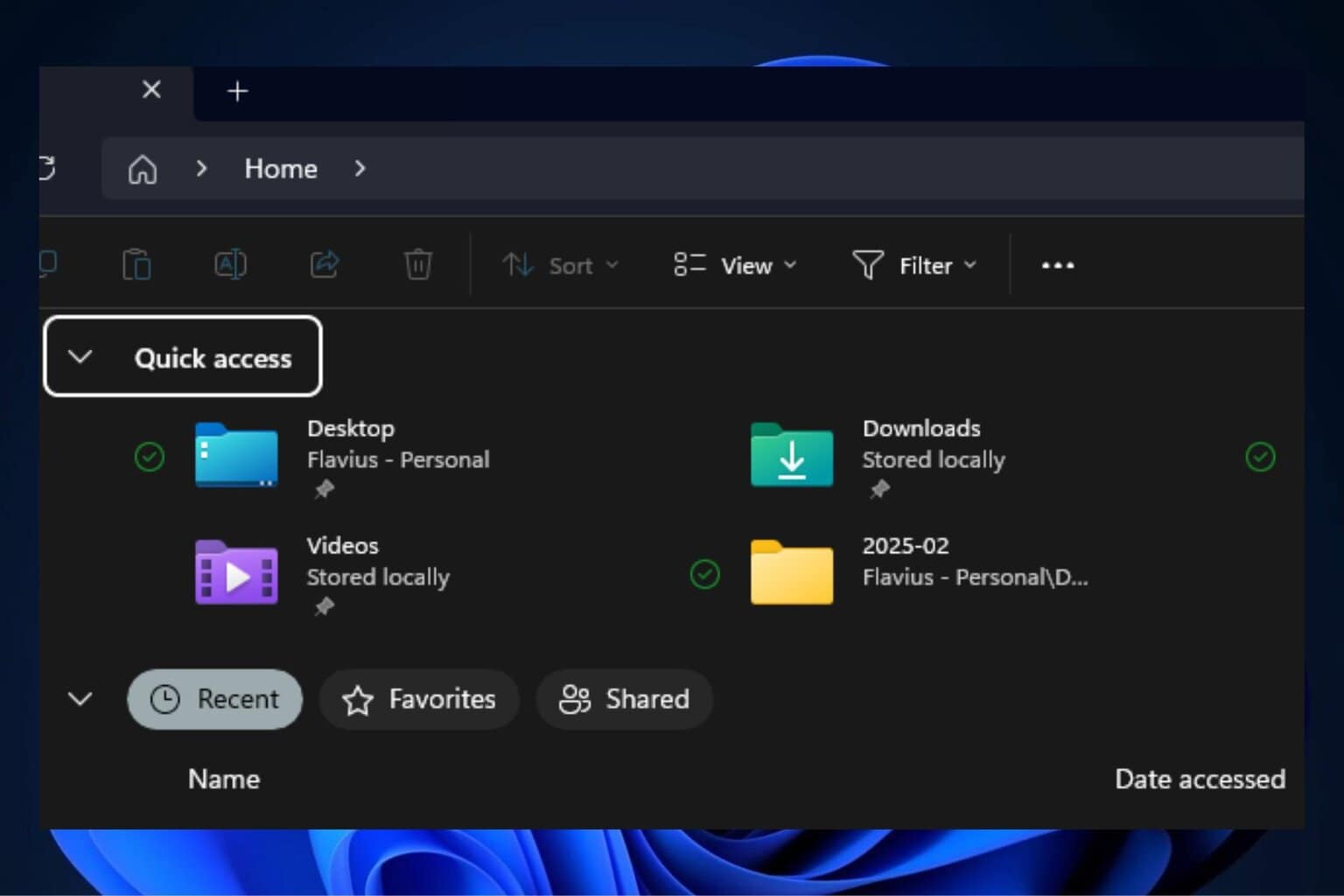

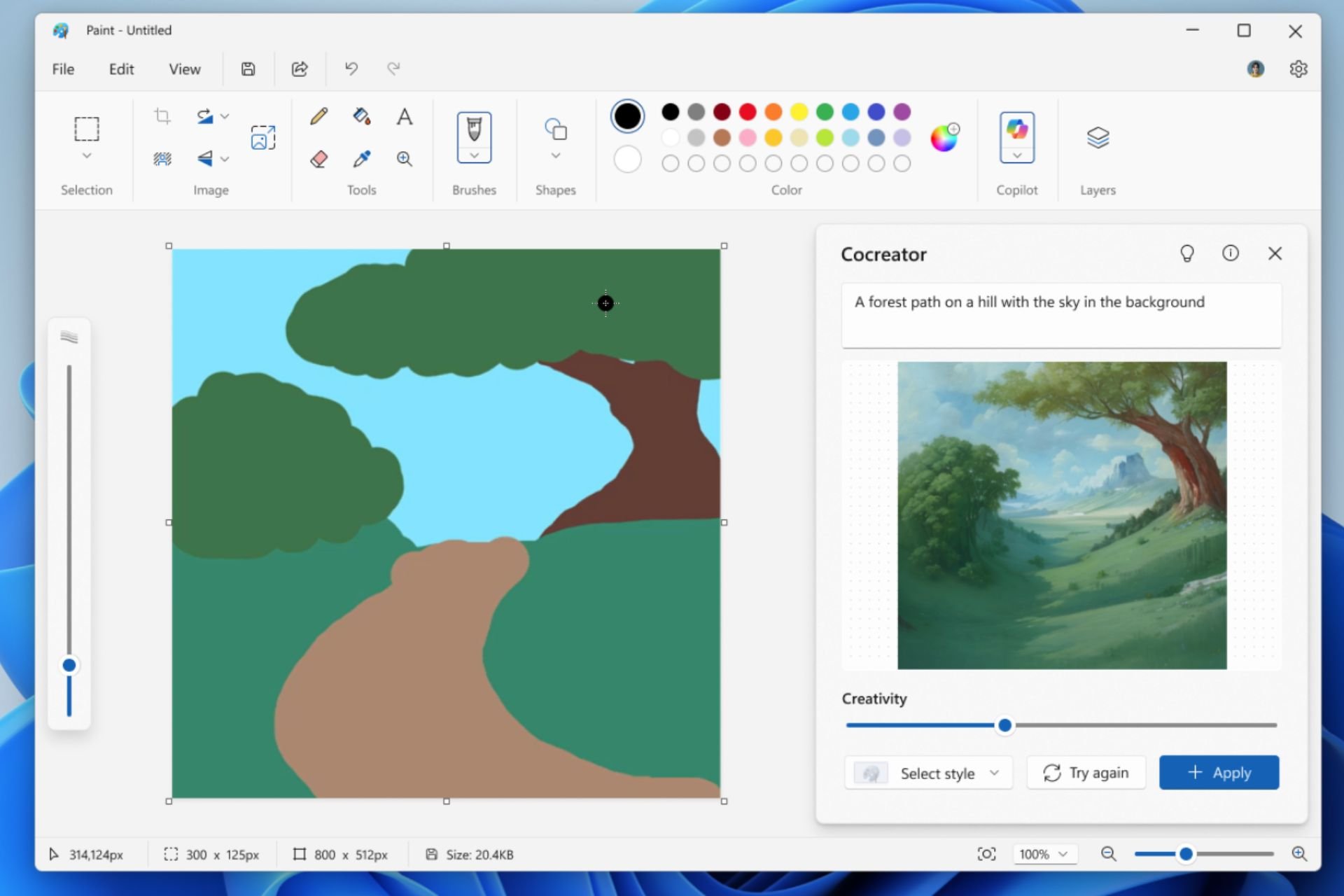
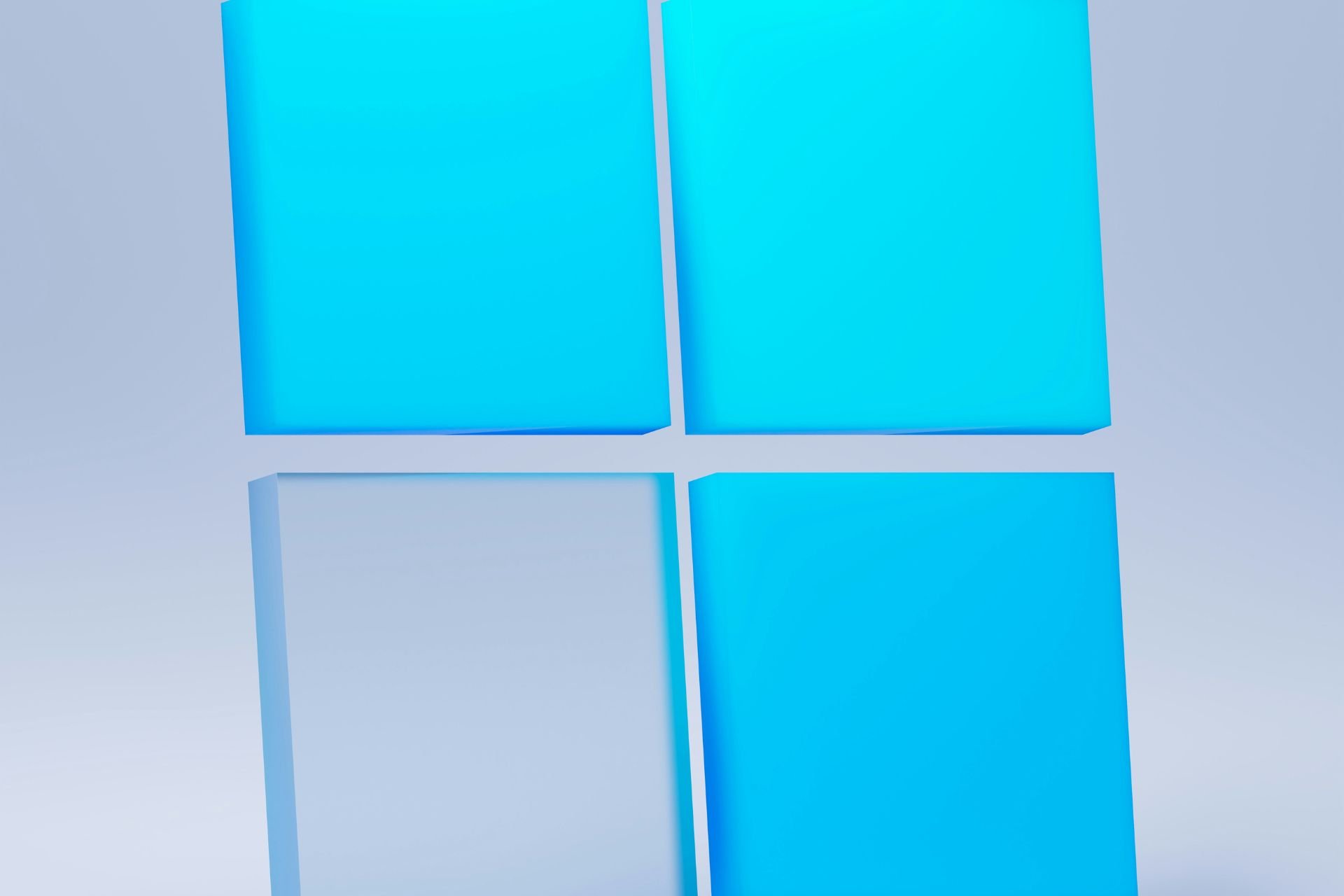
User forum
0 messages